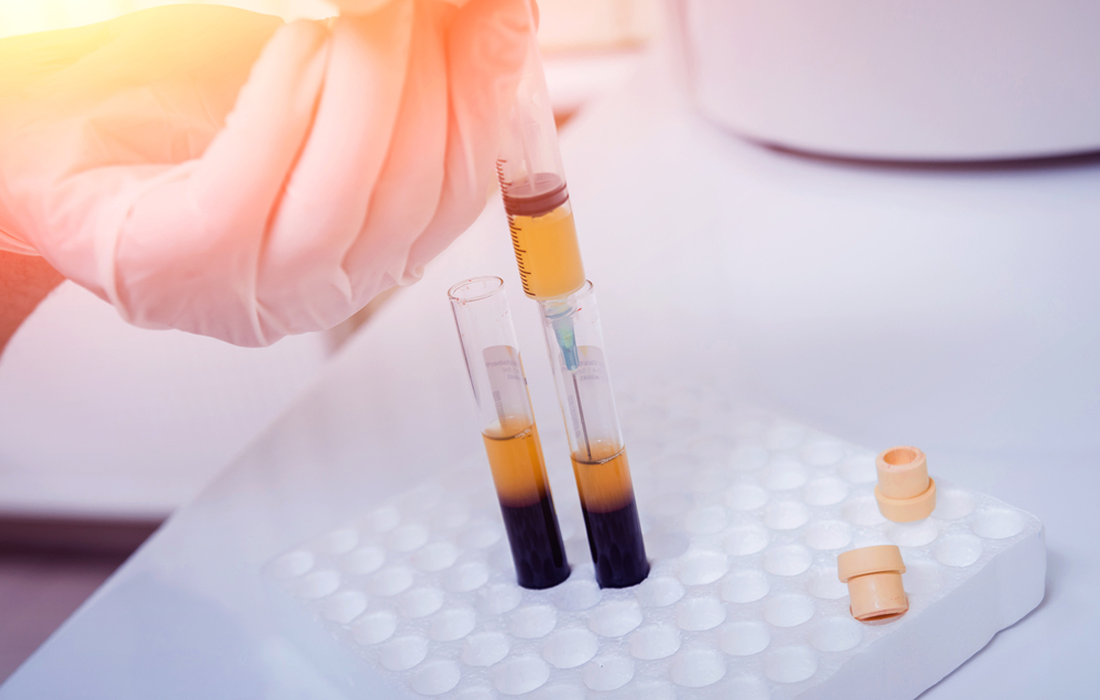Regenerative Medicine News and General Information
New Study Unveils Novel Technology for Plasma Separation Using Magnets
A team of researchers, affiliated with UNIST has recently unveiled a hemolysis-free and highly efficient blood plasma separation platform. Published in the May 2021 issue of Small, this breakthrough has been led by Professor Joo H. Kang and his research team in the Department of Biomedical Engineering at UNIST. The research team expects that the new technology will greatly improve the accuracy of point-of-care blood tests, which has shown the increased demand recently.
In their study, the research team used diamagnetic repulsion of blood cells to separate blood cells and blood plasma. Once superparamagnetic iron oxide nanoparticles (SPIONs) are supplemented to whole blood, the SPIONs turn the blood plasma into a paramagnetic condition, and thus, all blood cells are repelled by magnets. The research team collected hemolysis-free plasma without loss of plasma proteins, platelets, and exosomes.
“Many efforts have been made to develop various blood plasma separation methods. However, there always have been limitations, such as dilution of blood, blood cell impurity in plasma, and hemolysis,” noted Professor Kang. “Our approach overcame these unmet challenges and we could provide a huge impact on in vitro diagnosis once this platform is translated into a commercial point-of-care device.”
The developed blood plasma separation method achieved 100% of the plasma purity and 83.3% of the plasma volume recovery rate without noticeable hemolysis or loss of proteins in blood plasma, which was elusive with the conventional plasma separation devices. Moreover, this method enabled the greater recovery of bacterial DNA from the infected blood than centrifugation and immunoassays in whole blood without prior plasma separation.
“We have overcome the limitations of a filter-based blood plasma separation method that potentially could induce hemolysis or a microfluidic chip-based plasma separation method that has the problems in a plasma recovery rate and purity,” says Research Professor Seyong Kwon in the Department of Biomedical Engineering at UNIST, the first co-author of the study.
The research team also developed an ultra-compact, low-cost, high-precision diagnostic chip that can test blood directly without plasma separation. The diagnostic chip detected prostate-specific antigen (PSA) protein, a biomarker for prostate cancer diagnosis.
The developed blood plasma separation method also allowed them to collect platelet rich plasma (PRP). This capability is important because recent studies have revealed that platelets could be used as a biomarker for diagnosis of cancer or diabetes.
SOURCE:
Seyong Kwon, Jieung Oh, Min Seok Lee, Eujin Um, Joonwoo Jeong, Joo H. Kang. Enhanced Diamagnetic Repulsion of Blood Cells Enables Versatile Plasma Separation for Biomarker Analysis in Blood. Small, 2021; 17 (23): 2100797 DOI: 10.1002/smll.202100797
Ulsan National Institute of Science and Technology(UNIST). (2021, August 11). New study unveils novel technology for plasma separation using magnets. ScienceDaily. Retrieved January 25, 2023 from www.sciencedaily.com/releases/2021/08/210811131530.htm

